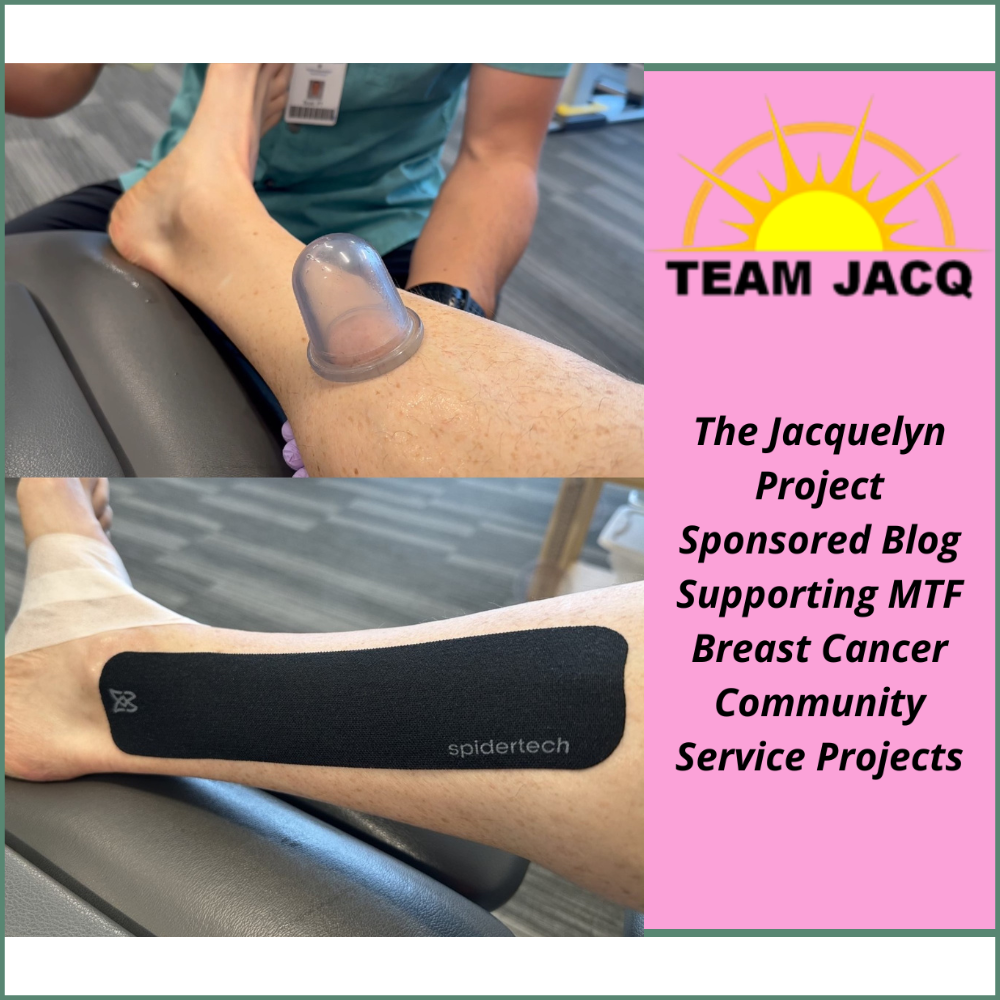Take Time to Decompress: TJP Blog
Posted:Thursday, April 20, 2023
 By Marshall Dahneke
By Marshall Dahneke
Our fast pace contributes to higher levels of stress, demanding occasional mental decompression through healthy diversions like a massage, walk in nature, meditation, exercise, or whatever enables us to pause and regroup. To decompress literally means to release from pressure or compression.
Interestingly, so many of the daily therapies I count on for accelerated recovery and healing involve physical pressure or compression. My manual therapy at Massage Heights involves firm pressure to work out trigger points and rejuvenate tired muscles. Instrument-assisted soft tissue mobilization (IASTM) with HawkGrips tools and emollient helps to treat my post-tibia injury. I ‘‘work’’ my legs daily with a Jeanie Rub massager to lengthen the muscles and improve local circulation in order to accelerate recovery. The PressoMassage sequential compression leg sleeves and compressor from Universal Companies effectively complements leg massage when I can’t see a therapist, facilitating daily lymphatic pumping.
All of these therapies have one thing in common—compression! Each applies physical pressure to muscles, fascia, trigger points, and adhesions. I’m grateful for these therapies and feel they support my recovery and healing, returning me to training faster. Yet with all of this physical pressure, it’s also wise to take time to decompress.
Decompression therapies generally follow pressure-based modalities to gently lift the skin and fascia from the tissues beneath. This helps to relax and restore the fascia while creating space to improve blood and lymphatic flow that naturally reduces pressure and swelling. Common examples of decompression therapy that I routinely embrace include stretching, the Bellabaci Cupping System, and SpiderTech Kinesiology Tape. Each of these can be part of every massage therapist’s repertoire.
Stretching after exercise keeps the muscles flexible, long and strong. We need flexibility to maintain our range of motion. Without stretching muscles shorten and become tight, constantly pulling on tendons and joints, causing discomfort. When we depend on these tight muscles for activity, they are weaker and unable to extend all the way. Over time this can contribute to tendinitis and other chronic issues.
Myofascial Decompression (MFD), also known as Cupping, is a form of soft tissue work where, in my case, negative pressure is applied via Bellabaci silicon cups to separate and release the fascia and muscle tissue underneath. Cupping therapy is one of the oldest treatment interventions with history dating back as far as 1500 B.C. Today it’s commonly used to treat musculoskeletal injuries like strains and sprains as well as offering pain relief. Bellabaci cupping therapy is a great intervention that relaxes and releases fascia to enable better lymphatic flow. In contrast to traditional stationary cupping, Bellabacci’s cups glide easily across the skin. This allows me to further boost lymphatic drainage more broadly to better address my ailments between runs.
Kinesiology taping with SpiderTech offers extended decompression therapy as the tape lifts the skin and separates top layers of fascia from deeper layers of tissue. As the tissue is raised, free nerve endings responsible for signaling pain often receive immediate relief, reducing perceived pain. The lifted skin layers further enable our lymphatic system to efficiently drain, thereby reducing swelling and alleviating bruising. SpiderTech tape also sends a tactile stimulus to the brain offering sensory relief along with additional structural support.
In the same way that SpiderTech helps me to accelerate recovery and prevent injuries, MTs can also benefit from SpiderTech tape by reducing risk of injury and extending career longevity. SpiderTech has created a “therapist self-care kit” (launching now through Universal Companies) that combines easy-to-use strips with video education on patterns that benefit a clinician in both the treatment room and for at-home recovery.
Continue to embrace so many valuable therapies that rely on compression to accomplish therapeutic goals for your clients—and yourself. And also take the time to decompress to further enable recovery, comfort and healing!
Visit The Jacquelyn Project’s home page for an overview of the project, sponsor highlights and a donation link.
Learn more about Bellibaci and SpiderTech, proud Gold Sponsors of The Jacquelyn Project:
